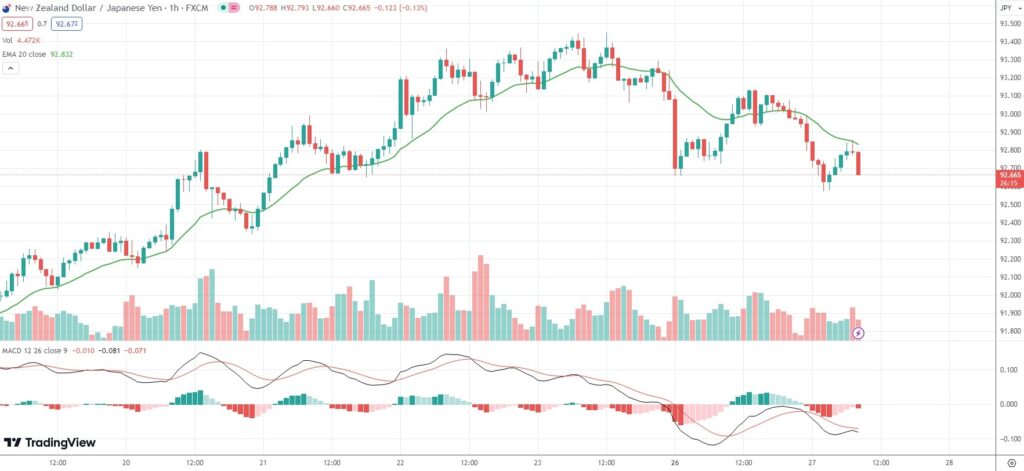The NZD/JPY currency pair pulled back from recent 109-month high of 93.449 ahead of the outcome of the RBNZ’s policy meeting on February 28th, while data showed Japan’s headline inflation had dropped to its lowest level since March 2022.
Annual inflation rate in Japan was reported at 2.2% in January, down from 2.6% in December, as food prices increased at the smallest rate in 16 months, by 5.7%.
Japan’s annual core inflation rate eased to a 22-month low of 2.0% in January, while matching the Bank of Japan’s inflation target, which added to expectations the central bank would exit negative interest rates by April.
“The January CPI leaves open the possibility of the BOJ hiking its policy rate at the March meeting if preliminary Shunto results due a few days before the meeting are encouraging,” Marcel Thieliant, Capital Economics’ Head of Asia Pacific, was quoted as saying by Reuters.
“We still consider an April hike more likely. For one thing, inflation will jump well above 2% in February as base effects from the launch of energy subsidies a year ago kick in, which would allow the Bank to tell a more compelling story that inflation remains strong,” Thieliant added.
Meanwhile, the Reserve Bank of New Zealand is largely expected to keep its official cash rate without change at 5.5% at its February policy meeting, which would extend the rate pause for the fifth straight gathering.
In November, the RBNZ Committee had expressed concerns over ongoing excess demand and cost pressures amid high core inflation.
RBNZ policy makers had agreed that interest rates would have to remain at a restrictive level for some time in order to drive inflation back down to the target range of 1%-3% and support sustainable employment.
Currency Pair Performance
As of 8:33 GMT on Tuesday the NZD/JPY currency pair was edging down 0.33% to trade at 92.665.
Last week, the minor Forex pair went up as high as 93.449. The latter has been the pair’s strongest level since January 9th 2015 (93.751).






